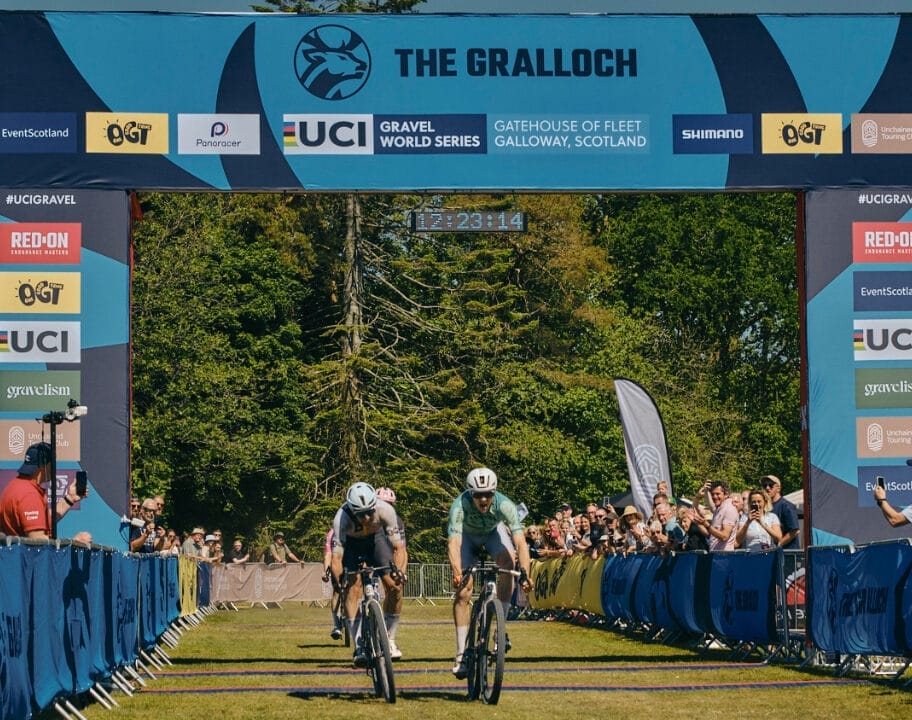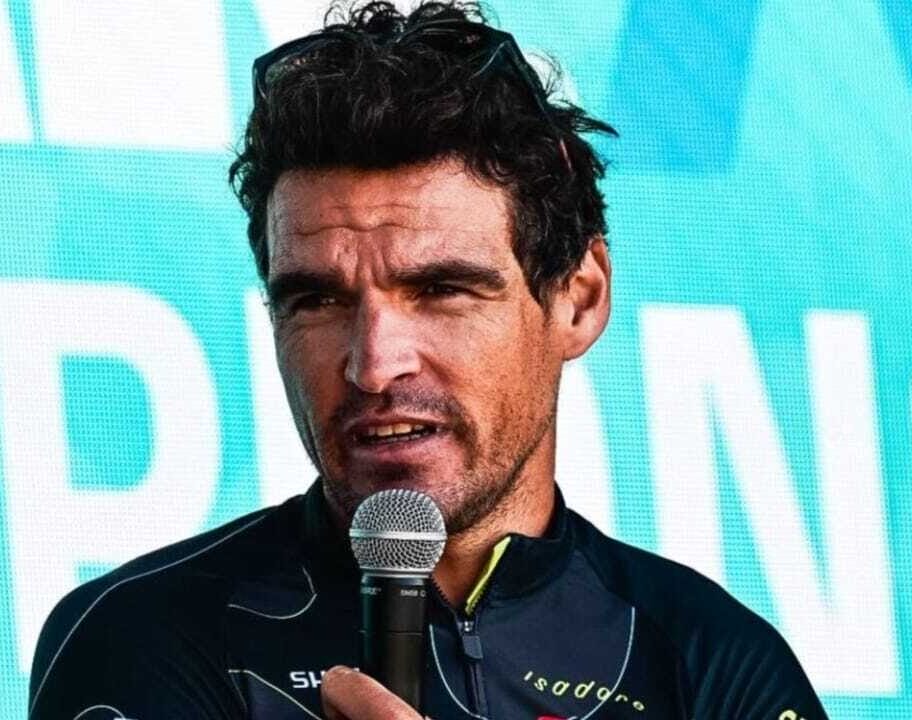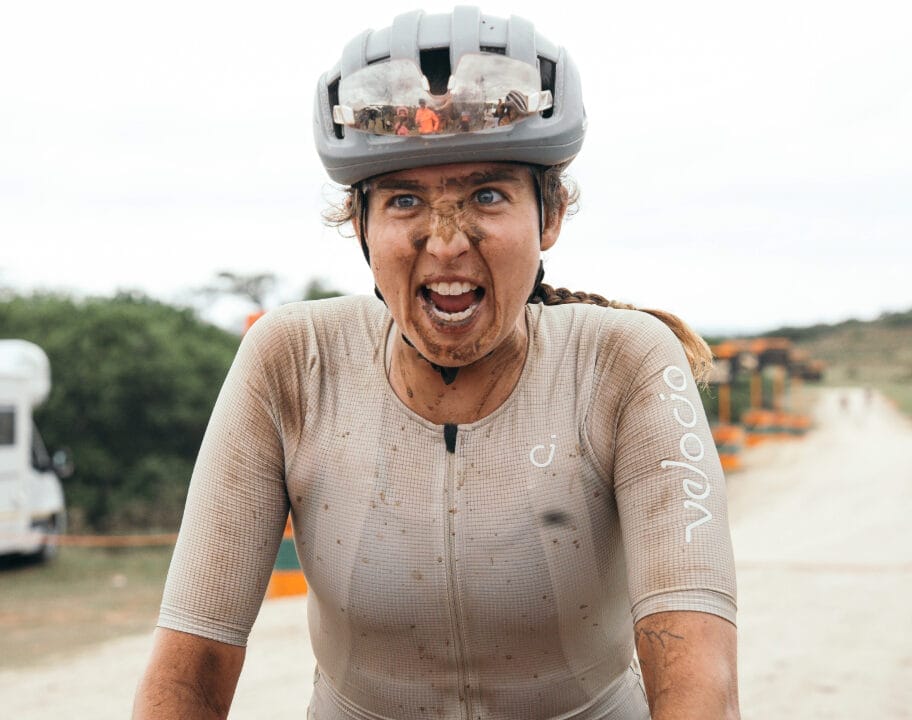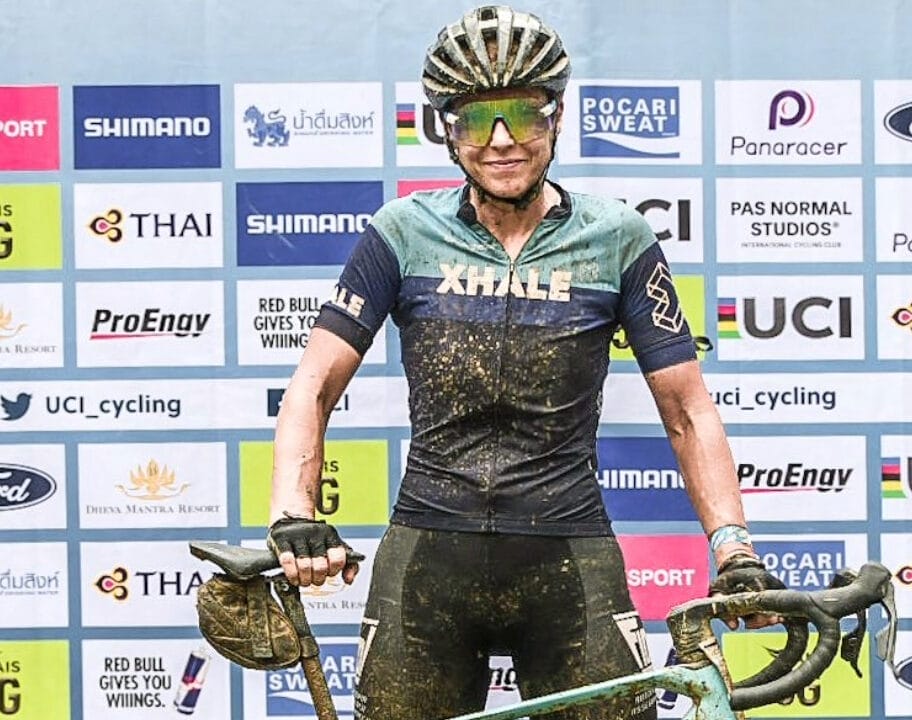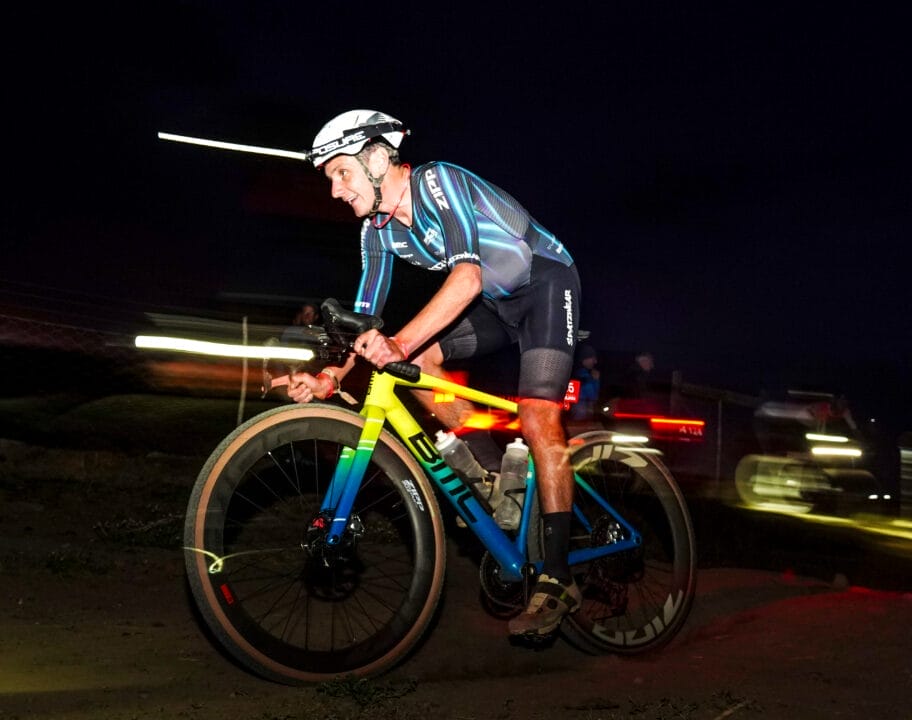The Tour de France is the race in professional cycling that transcends the sport. Taking place over three weeks every July, it’s the second of the three Grand Tours – and easily the biggest race in cycling. With more eyes on it than any other race, there’s more pressure too. A single stage win, a day in the leader’s jersey, or even a memorable performance can make a rider’s career.
This year, 23 teams – that’s 184 of the world’s strongest cyclists – will line up. Backing them is a huge travelling operation of staff, support vehicles, buses and media. To give you a sense of scale: around 3,000 journalists follow the race each year – us included. So, in July, all the eyes in the cycling world, and sporting world to be honest, will be watching this huge circus move around France, with the top riders playing a 21-stage game of chess at 50 km/h across every imaginable terrain. As ever, there’ll be highs, lows, heartbreak, crashes, champagne, and somewhere amidst the chaos, the 112th champion in yellow.
Here is CYCLING247’s take on the Tour de France 2025. In part one of our TdF 2025 preview, we’ll give you a taste of last year’s race to set this scene for this one. Then we’ll break down the three weeks of racing, giving you a taster of what you can expect. Check out part two to get the low down on this year’s Tour de France teams, the riders to watch and how we reckon things could play out.
A look back at the 2024 Tour de France
Before we dive into the 2025 route – and how each stage could shake up the dynamics in the peloton. Let’s first remind ourselves of how the TdF action played out last year.
Last year’s event was a standout race on so many levels. Mark Cavendish finally got his 35th stage win, breaking Merckx’s long-standing record. Biniam Girmay made history too, becoming the first Eritrean – and African – rider to win the points jersey.
As for the overall, it came down to three big names:
- Defending champ Jonas Vingegaard, racing back from a horrific crash in the Tour of the Basque country
- Belgian prodigy Remco Evenepoel, injured in that same crash, and taking part in his first Tour de France
- and Slovenian super talent, Tadej Pogačar, coming straight off of a dominant win at the Giro d’Italia.

In the end, Pogačar took yellow, winning six stages (including the final three) and becoming the first rider since Marco Pantani in 1998 to win the Giro and Tour back-to-back. Vingegaard chased hard for second, while Evenepoel took a hard-earned third and claimed best young rider.
The 2025 Tour de France route: What to expect
This year’s route is designed to build tension. It starts relatively fast and open, but it saves the worst (or the best, depending on your perspective) for the final week. Expect the overall contenders to stay patient and make their move late, but let’s see how they deal with the build-up of fatigue. 21 stages, with a total of 51,082 metres of climbing over 3336.8 km, are the raw numbers behind the 2025 route.
Week 1: Northern exposure
The race kicks off in Lille with a traditional road stage and we predict fireworks from the get-go. With yellow up for grabs, it’ll be full gas. The flat terrain doesn’t mean easy – opening days are always nervy, and crashes are likely. Don’t blink through this one – there’s a yellow jersey on the line.
After the Grand Depart, the race stays in the north of France, where coastal winds near the Channel could shake things up. Stages 2 through 4 won’t decide the GC, but they can definitely dent aspirations – crashes or splits could put someone on the back foot.
Stage 5 (Caen to Caen) is our first time trial, where individual riders race against the clock. This will give us a hint to who is on form when it comes to the final overall. For the GC riders, it’s less about winning big and more about limiting losses. (Nap rating: May as well watch the highlights here).
Stages 6 & 7 take the race into Brittany and Normandy, two regions that are notorious for hard racing. The narrow, rolling roads are heavy and unforgiving, and when combined with Atlantic winds and unpredictable weather, they can cause real damage. It’s the kind of stages where favourites can fall out of contention or quietly lose time. (Nap rating: You can fit in a power nap depending on the wind).
The next two stages (8 & 9) are for the fast finishers before we hit a spicy stage in the Massif Central on stage 10 – a sawtooth-profile of 163 km with over 4,000 metres of climbing. It lands on Bastille Day, so expect fireworks from the start, with many riders looking for the win.
Week 2: Mountains
The second part of this year’s race kicks off with a sprint stage (11) to wake up the legs, and then it’s straight into the Pyrenees.
- Stage 12 finishes on the legendary Hautacam, a proper test for GC riders
- Stage 13 is a rare uphill time trial, one of the toughest formats in the sport and definitely not to everyone’s liking
- And then stage 14 will put on a show for the overall, throwing everything at the riders: Four high mountains and 5,000 metres of climbing. (Nap rating: clear your schedule)
Week 2 ends on stage 15 with a medium mountain stage, something of an ambiguity. While not as tough on paper as the three previous stages, this one depends on how it is raced. There are plenty of launchpads for the GC contenders and a long downhill to the finish for fireworks. But if the peloton is tired, then it could be a breakaway stage, and you can have a nap on the sofa instead.
Week 3: Showdown in the Alps
Still with us? Good, because the Alps are next, and they are nothing short of brutal this year.
The week opens with the giant of Provence, the mythical Mont Ventoux on stage 16. Constant 10% gradients will test the legs of everyone coming out of a rest day.
A sprint stage gives everyone a brief interlude before stage 18, a real monster. From Vif to Col de la Loze, the riders will have nearly 6,000 metres of climbing over three HC (hors categorie) climbs. The toughest stage of this year’s race, we will surely see all the drama of the GC battle.

If that wasn’t enough, it’s backed up by the short and savage stage 19. As the final uphill finish on the race, the 129 km stage up to La Plagne will be merciless, packing 4,779 metres of climbing into a short distance. This is another one not to miss and the last chance for any major GC moves.
Paris, but not as you know it
The final weekend usually lets things coast into Paris, but not this year. The organisers clearly liked what they saw at the Paris 2024 Olympics Road Race and have thrown in the climb of Montmartre before the Champs-Élysées parade, which adds something different to this final sprinters’ stage.
How to watch the Tour de France 2025
Live, streaming or highlights: What’s your approach?
UK
- Live: ITV4 (free), TNT Sports (subscription, ad-free), S4C in Wales (free)
- Highlights: ITV4 (free), TNT Sports, Quest through Discovery+ (free)
Ireland
- Live: TNT Sports via EE, Sky and Virgin (subscription)
- Highlights: Quest (free), TG4 (free)
USA
- Live: Peacock (NBC, subscription)
